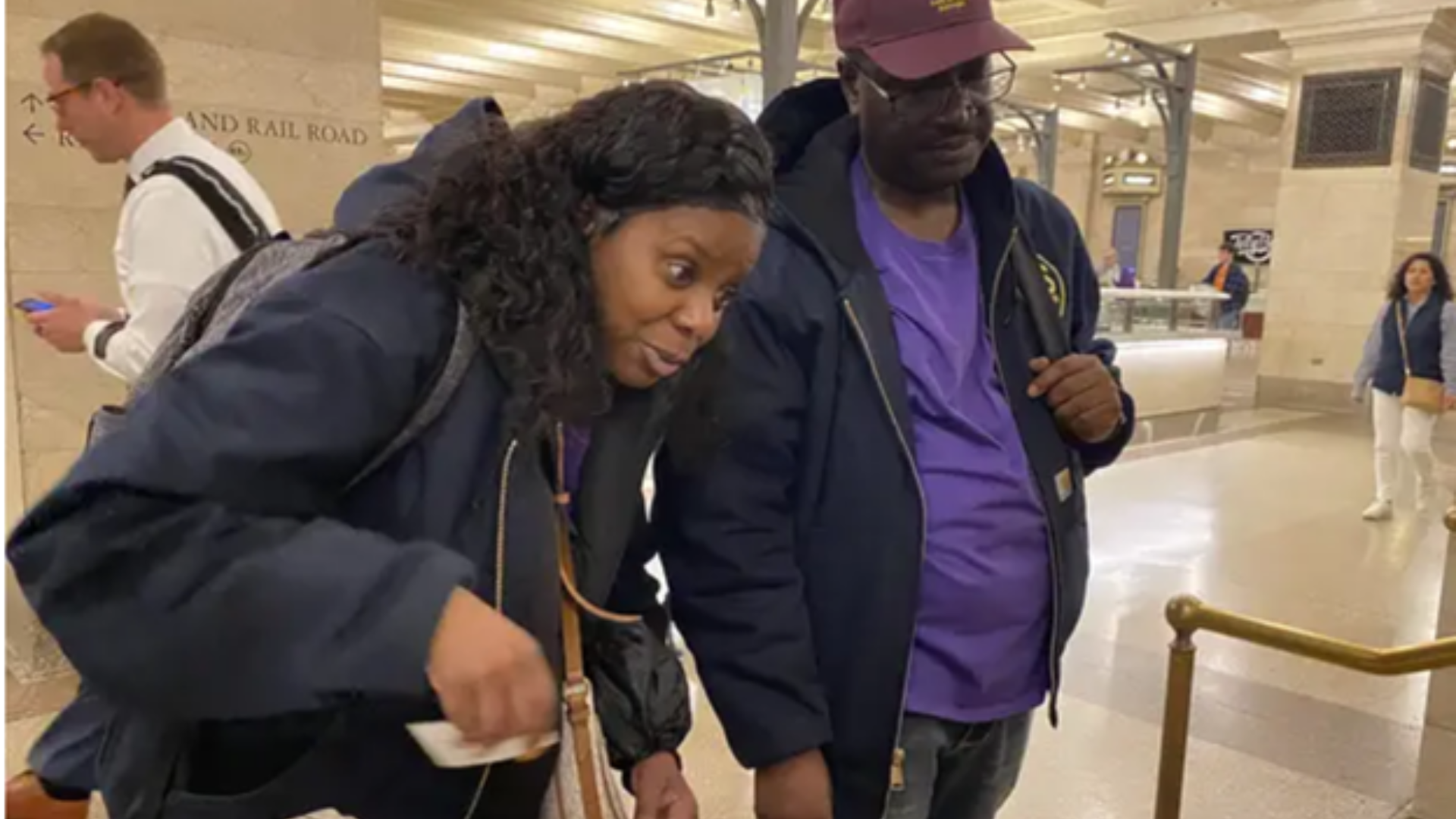The state and city deploy several homeless outreach teams across the city, some of which target subways with police officers and clinicians. But staff from Safe Options Support focus on chronically homeless individuals, many of whom suffer from mental health issues. They also take referrals from other organizations or walk-ins through their doors.
“It may take a little while to convince them to at least try to consider housing as an option,” said Charisse White, outreach team leader for Services for the UnderServed, one of the groups doing outreach under Safe Options Support.
The Office of Mental Health said the state has so far invested $28 million to fund outreach teams in the city, with $21 million alone this fiscal year.
The 14 city teams have reached out to 27,000 people and connected 300 with medical, psychiatric or substance abuse services. City officials said they plan to grow three additional teams to target younger adults and older adults and begin outreach on Staten Island. The program also has seven teams across the state.
“My administration and I have been working to transform mental health care and that starts with addressing the link between homelessness and behavioral health challenges not only in New York City, but statewide,” Hochul said in a statement. “I am committed to advancing and expanding these efforts throughout New York state to provide individuals with the opportunity to have support systems to live more fulfilling lives.”
During a two-hour morning canvassing shift at Grand Central Terminal on Wednesday, White led three other members of her team up and down the vast corridors of the concourse, snaking in and out of the building, checking corner tables, bathrooms, stairs, train platforms and areas around electrical outlets, where homeless people tend to congregate.
Her team encountered 13 homeless individuals, none of whom accepted shelter or immediately requested housing. But White said another team comes through after and she makes sure to flag people who are in precarious situations, such as having trouble with a relative they’re staying with, having an altercation with another shelter resident or needing fresh clothes.
“We’re hoping that they’ll take placement into maybe a shelter, a Safe Haven [low-barrier bed]. If they don’t, then at least we can at least build a relationship with them. And then we come back the next time, maybe the next time they are ready to be placed into a shelter. The main goal is to get them [permanent] housing,” White said.
After a year-and-a-half of walking the route, White knows what to look for and has a running mental list of people she hasn’t seen in a while and where they usually gather. She said many homeless people at Grand Central Terminal haven’t had a place to live for years and find safety inside the national historic landmark, which is filled with restaurants, people, police and public restrooms.
She and her team approach individuals in pairs. They carry small Ziploc bags containing water bottles and snacks and distribute cards with their contact information so individuals can contact them if they need anything. Her teammates say they look for people who are standing in the same place and seem like they’ll stay awhile, or those carrying worn-down suitcases. Outreach workers leave their cards next to those who are sleeping and more gently approach those who are either talking to themselves, facing a wall or pacing around.
Roberto Martinez, 55, said he was homeless for about eight years after his release from prison. He told Gothamist that the psychiatrist he was seeing recommended he seek help to find housing and that’s when he walked into the offices of Services for the UnderServed.
Martinez now has his own apartment and has been housed for six months.
“When I walked in, I couldn’t believe it when they showed me the apartment,” he said. “ I am so happy, the only way I can describe it is heaven.”
Martinez said it’s hard for people to seek help or believe that their situation will change, especially if they’ve dealt with the shelter system or have been routinely priced out of housing in the city.
“The rent is too expensive, we already know that it’s going to be a waste of time. I didn’t have that positive attitude,” he said, adding that his case manager had to call him to come back to the office after he lost hope he’d ever find a place.
Read the original article here.

